Pinnate carnation: varieties and recommendations for growing
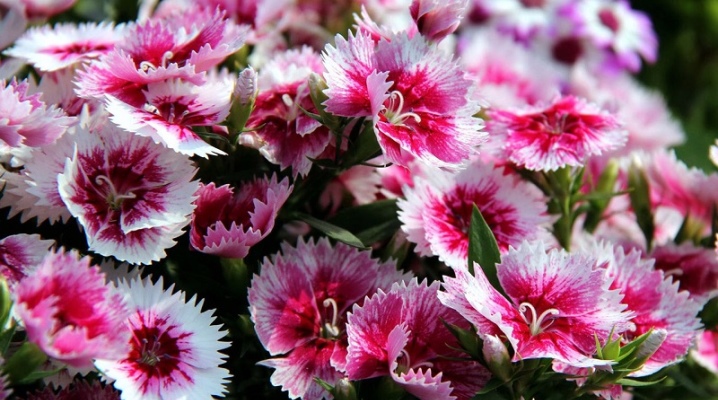
Gardeners are very fond of the feathery carnation for its unpretentiousness, undemanding care, strong immunity. This flower looks just great both in a flower bed and in a bouquet. In addition, it does not require transplantation and has been pleasing with its catchy beauty for many years. The splendor of flowering, wonderful aroma, a huge selection of varieties - all this makes the carnation so popular.

Peculiarities
The plumose carnation or Dianthus plumarius is a herbaceous garden perennial. The maximum flower height is 40 cm, the stem is of a straight type. Paired flowering, connecting in miniature inflorescences like an umbrella. Stem color is green, with a bluish tint, low branching. Inflorescences with a strong aroma, there are terry varieties.
In Russia, the pinnate carnation grows in the southern and central parts of the country. Breeders have bred many perennial varieties from it. In the first year after planting, the culture does not bloom, all the strength goes to the formation of a strong stem. In the second year, abundant flowering begins.
Carnation usually blooms in the first month of summer.
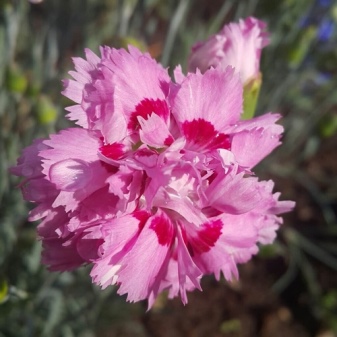
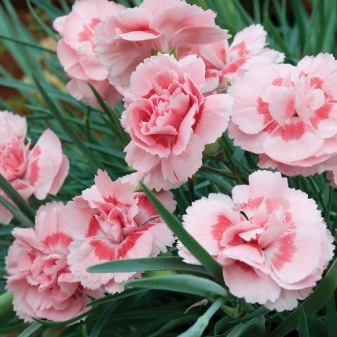
Types and varieties
The feathery carnation has a lot of varieties, varieties, hybrids.
Angel of Hope:
- grows to a maximum of 25 cm;
- hardy, blooms in late spring or early summer;
- loves the sun, fertile soil types;
- foliage is green, flowering is fragrant, inflorescences have a ruby hue.
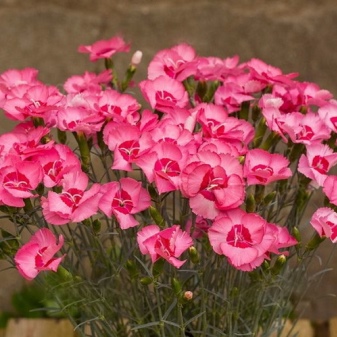
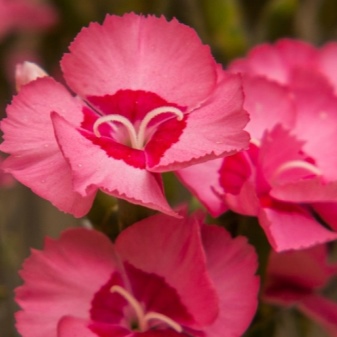
Angel of Virtue:
- very strong plant with good immunity;
- unpretentious care;
- grows up to 30 cm;
- foliage is green-gray;
- inflorescences are pink;
- has a pronounced aroma;
- blooms in summer;
- loves the sun, frost-resistant.
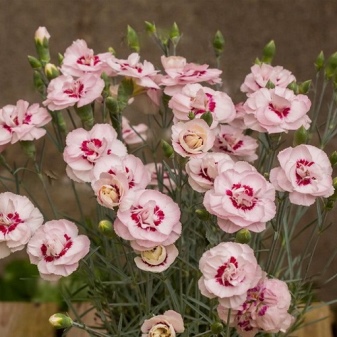

Doris:
- "Doris" is distinguished by the doubleness of flowers;
- flowers of pink tone, in the center will be red;
- maximum height - 40 cm;
- blooms in late spring.

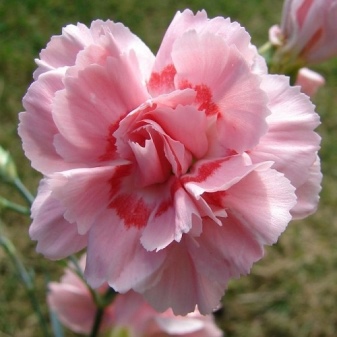
"David":
- very bright flowers, large, with terry;
- the variety is unpretentious in care;
- the shade of the inflorescences is scarlet;
- foliage - greenery with blue;
- tolerates frost well;
- height - up to 35 cm.
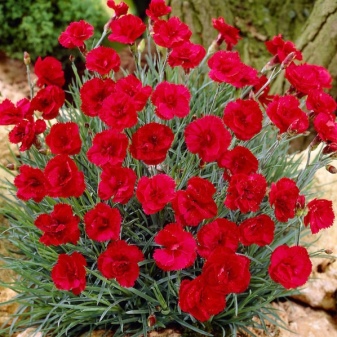

Angel of Purity:
- differs in endurance, unpretentiousness;
- height - up to 30 cm;
- narrow foliage, green, with a bluish tint;
- the flowers are snow-white, the aroma is very strong;
- blooms in summer;
- loves the sun, tolerates winter well.
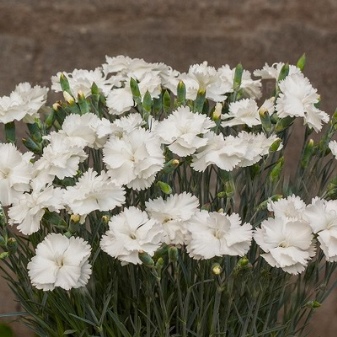

"Terry carpet":
- has very lush double-type flowers;
- forms a luxurious carpet on the site;
- perfectly replaces the lawn;
- flowers are juicy, bright pink.
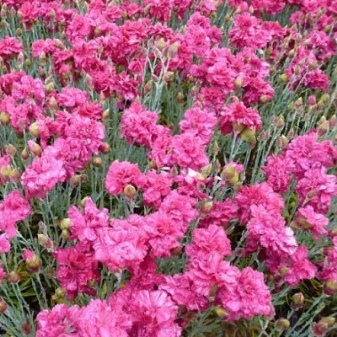

"Fabulous patterns":
- has large inflorescences with terry;
- rich color: from snow-white to sophisticated pink and bright red;
- compact type bush;
- stalks are strong;
- there are many buds;
- strong aroma.
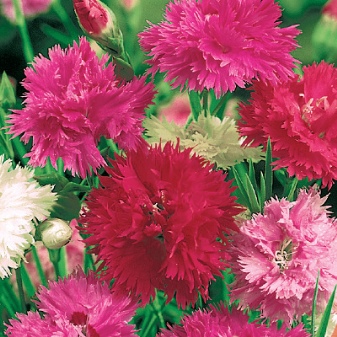
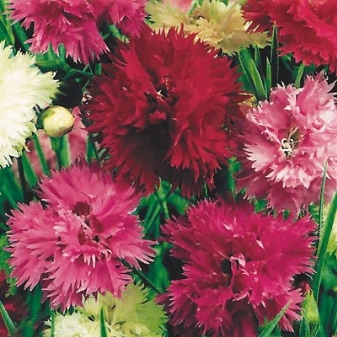
"Ine":
- foliage is dense, narrow, glossy;
- the flowers are large, with terry;
- the color is snow-white, with a slight tint of rose, in the center there is a ring of crimson shade;
- the edges of the inflorescences are in the form of teeth;
- tolerates winter well;
- once every few years, you need to divide the bushes.


Munot:
- "Munot" grows up to 30 cm;
- the foliage is bluish, elongated and narrow;
- flowers can be either with terry or simple;
- the petals are decorated with a beautiful fringe;
- strong aroma;
- shades: pink, red, snow-white, purple.
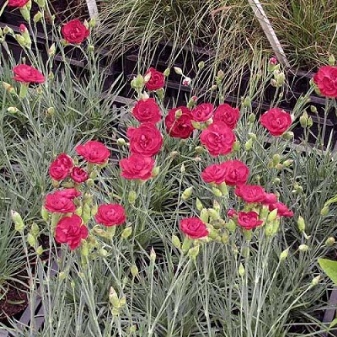
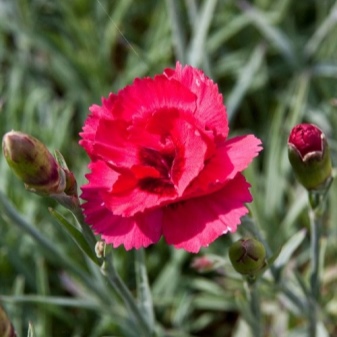
Helen:
- maximum height - up to 30 cm;
- blooms in summer;
- shade - rose with salmon tint;
- foliage is green;
- tolerates frost well.
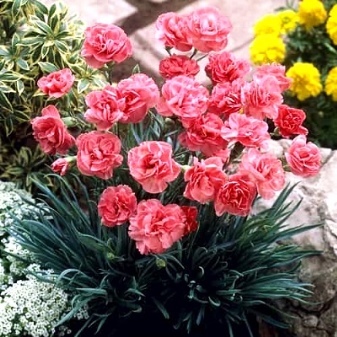
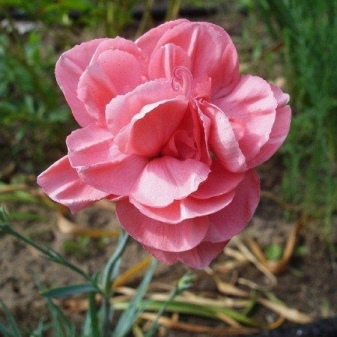
Haytor White:
- double-type flowers, snow-white;
- flower diameter - about 3 cm;
- the foliage is glaucous, dense;
- blooms in summer.
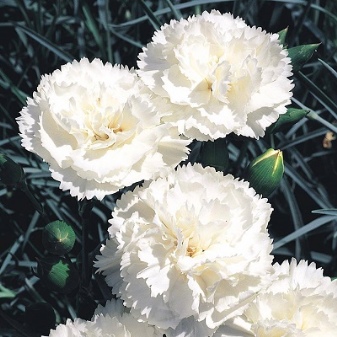
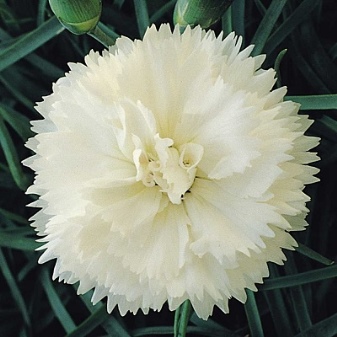
"Terry tale":
- loose bushes;
- flowers are large, with terry, very fragrant;
- tolerates winter well;
- colors can be different;
- blooms in the first month of summer.
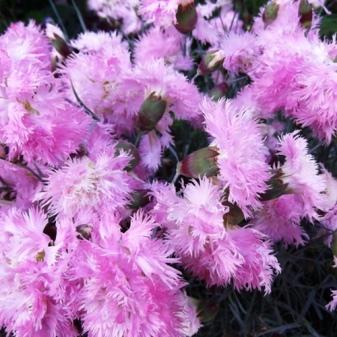
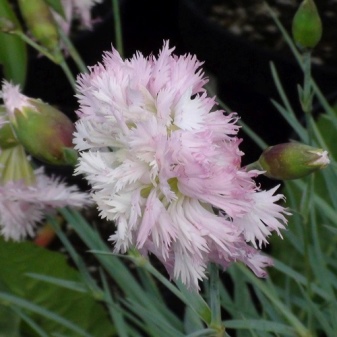
Balaton:
- there is fringe on the flowers;
- inflorescences are small;
- height - up to 30 cm;
- compact bushes;
- aroma is gentle, strong;
- the bloom is varied: lilac, pink, white, red.
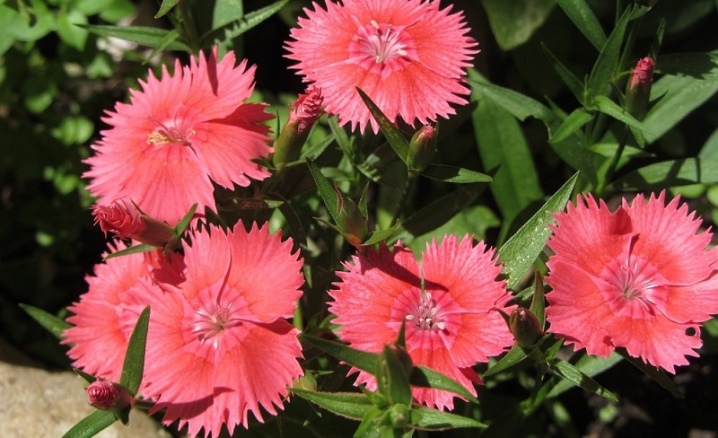
"Krakowiak":
- the flowers are simple, but there is a fringe on the petals;
- varied color, includes almost all shades of pink;
- blooms profusely;
- winter-hardy plant.
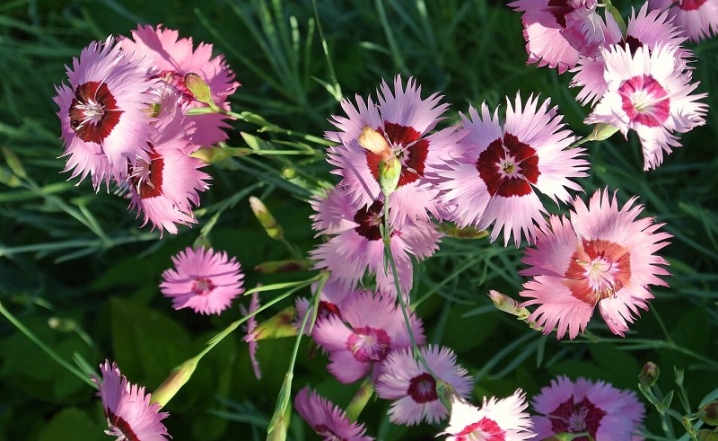
"Pleiad":
- foliage is narrow, oblong;
- multi-colored inflorescences: snow-white, pink, purple;
- long flowering, abundant type;
- has a strong aroma;
- there is a fringe on the petals.
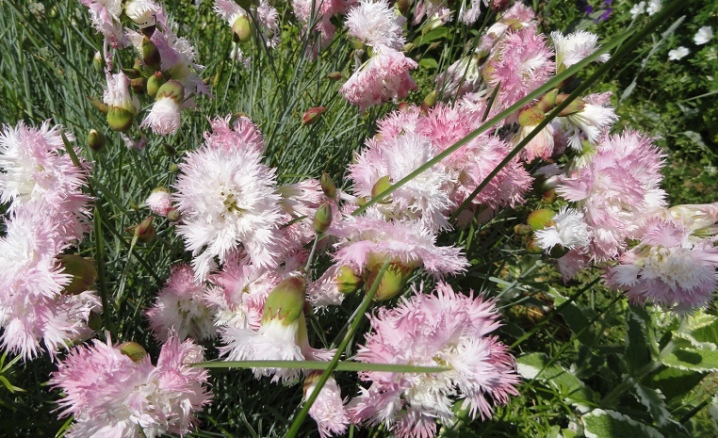
Sonata:
- not too high grade - up to 35 cm;
- there are a lot of shoots;
- profuse flowering, very fragrant with terry;
- dissection and fringe are observed on the petals;
- the colors are varied: raspberry, snow-white, scarlet, pink.
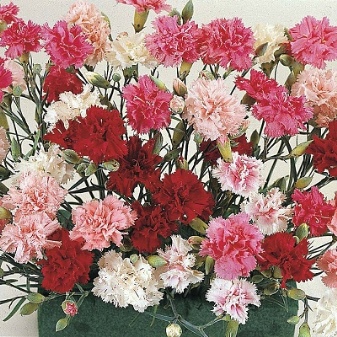
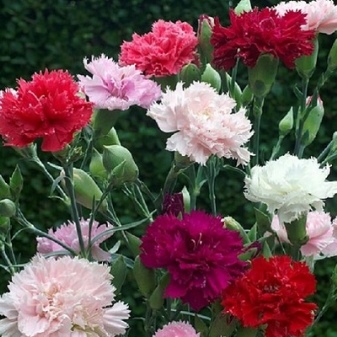
Double White:
- snow-white, showy flowers;
- dense type bush;
- height - up to 30 cm;
- ground cover;
- foliage is elongated, gray tone;
- the aroma is light, pleasant;
- unpretentious in care;
- frost-resistant.
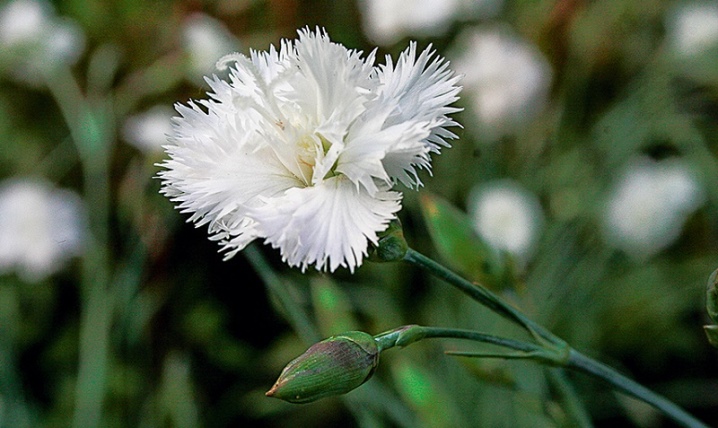
Maggie:
- large inflorescences with thick terry;
- the bushes are compact, low, up to 20 cm;
- needle-type foliage, color - green with blue;
- lush bloom, pink, bright;
- blooms in early summer.
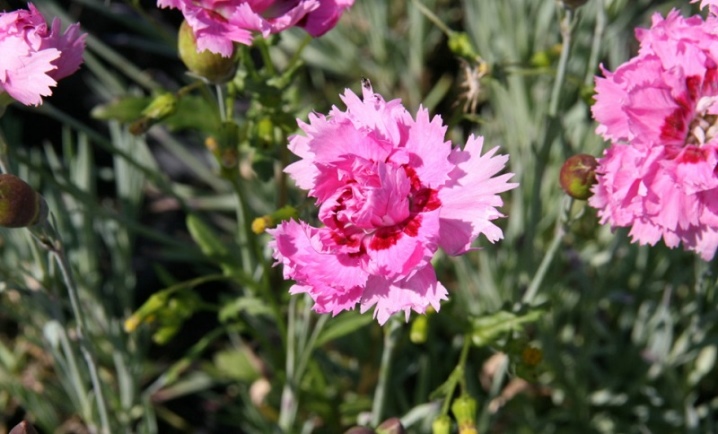
"Variety":
- the bushes are compact, dense, dense, up to 30 cm;
- the foliage is narrow, elongated, the color is green with a bluish tint;
- flowering graceful, laconic;
- satin-type petals, fringed;
- colors: raspberry, rose, snow-white, scarlet;
- blooms in early summer.
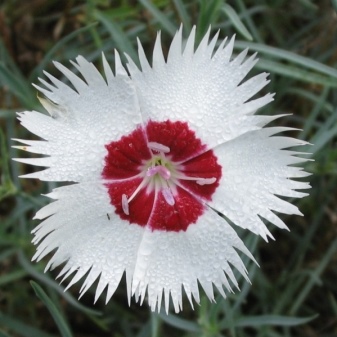
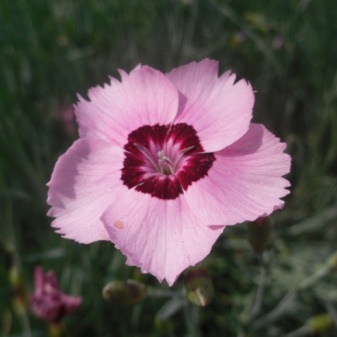
In addition to the aforementioned varieties, there are many popular pinnate carnations with small but abundant and vibrant blooms. For example, pink "Diana" or red Desmond.
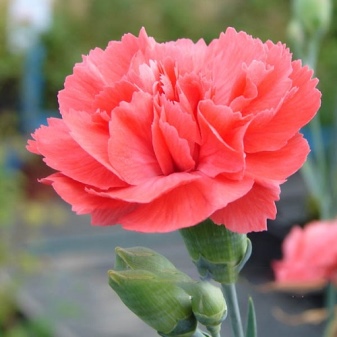
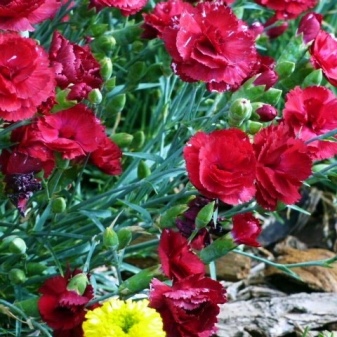
The necessary conditions
Planting a pinnate carnation is not particularly difficult, even for novice gardeners. It is enough to provide a number of very simple conditions that are necessary for the health and quality development of the plant:
- you should choose a soil of a sandy loam type or light loam;
- the soil should contain a large amount of silicon, it is necessary for the strength of the stem;
- carnations grow well in the sun, partial shade is ideal in the afternoon;
- this representative of the flora is resistant to temperature conditions, tolerates drought, heat, winter cold well;
- some varieties require shelter for the frost period;
- stagnation of liquid in the soil is contraindicated, watering should be moderate;
- When planting a flower for the first time, it is necessary to provide the soil with organic fertilizers, this procedure is carried out every spring.
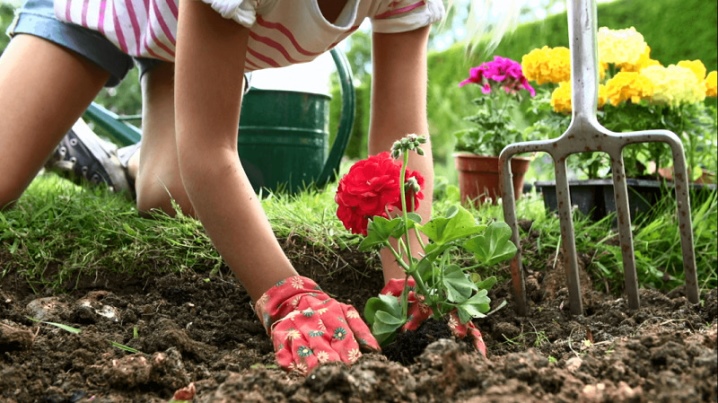
Landing
Seedlings of carnations are planted in open ground at the end of spring, when the threat of frost has passed, most often in May. First of all, you need to choose a place that meets all the conditions that ensure the growth and health of the plant. A bed with loosened soil should be prepared, organic fertilizing should be added to it. Then holes are formed at intervals of about 20 cm. One seedling is placed in each hole. Rhizomes are covered with soil. The soil should be pressed down and moistened.
Also, seeds of a pinnate carnation can be planted in open ground. Due to its resistance to cold weather, this method has an excellent chance of growing healthy plants. They begin this procedure in May, sometimes even earlier, subject to the creation of greenhouse-greenhouse conditions. The algorithm of actions is as follows:
- choose a landing site, form furrows up to 5 cm deep;
- sow seeds, sprinkle with soil;
- it is better if sowing is rare, with a minimum interval of 3 cm;
- densely sprouted plants are dug up and transplanted;
- the bed should be thinned out only after the shoots have reached five centimeters in height;
- before digging, watering is carried out, the extraction is carried out carefully, without harm to the roots.

Care
The cultivation of feathery carnations is a simple matter, as a rule, it is enough to properly moisturize, apply top dressing, weed from weeds and loosen the soil.
Moisturizing features:
- moderation - excess moisture is very harmful for carnations;
- water the plant after the soil has dried;
- stagnation of water for this plant is contraindicated;
- often carnations die in spring when the snow melts and the soil is too wet.
Weeding should be carried out in a timely manner, loosening is useful for carnations, but these activities must be carried out as carefully as possible.
The rhizomes of this plant are located very close to the upper layer, so damage is a frequent occurrence.
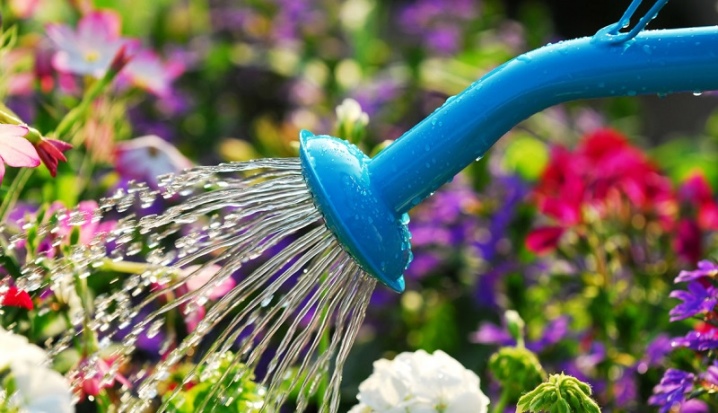
Features of feeding:
- fertilize cloves at all stages of the growing season;
- the first feeding is carried out in the spring, after planting;
- the second - at the stage of flower formation;
- the third - during flowering;
- formulations with potassium are not very well suited for cloves, as well as fresh manure;
- you should be careful with nitrogenous compounds, they provoke infection with a fungus.

After flowering, you should pinch the stems and inflorescences that have wilted. Thus, more abundant flowering is stimulated. When the carnation has completely bloomed, the stems are cut to leave about 10 cm in height. If the bushes are too overgrown, they should be transplanted. The optimal time for transplanting is late summer, early autumn.
Carnation hibernates very well, resistance to frost is high. However, some varieties require shelter.
If the winter is frosty, it is better to play it safe and protect the carnation with sawdust and spruce branches.
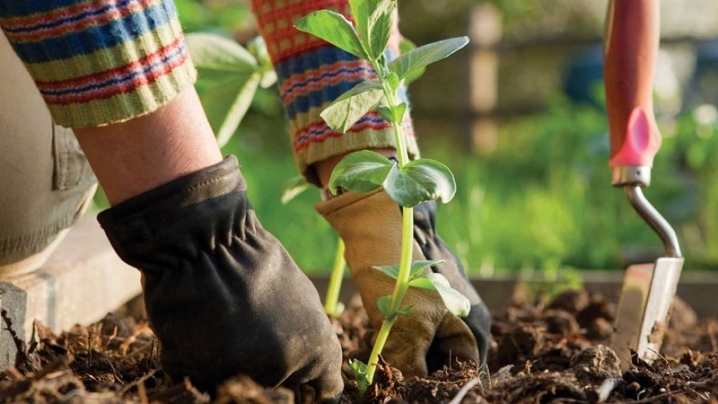
Reproduction
The pinnate carnation is propagated by seeds, dividing the bush, cuttings. All methods are not too complicated, they do not require serious efforts. Let's consider each of the methods in detail.
Cuttings
Cuttings are carried out in the summer, in June or July:
- cuttings are selected from the top of a mature plant or side-type shoots, strong enough, without flower buds;
- the stem is cut from below, excess foliage is removed;
- formed cuttings are planted in peat pots so that they take root;
- when new shoots are formed and active growth is recorded, you can plant the plants in open ground in a pre-selected place;
- seedlings should be removed carefully, with an earthen clod;
- pre-moistening is mandatory.
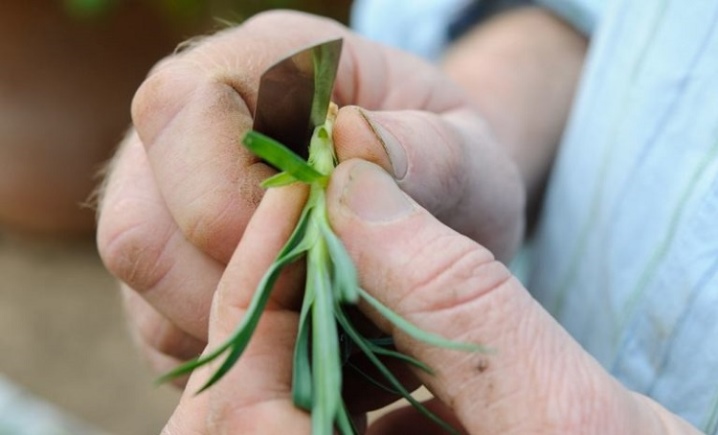
Dividing the bush
The division of the bush is carried out either in the spring, before the start of the vegetative process, or after flowering in August. Only mature bushes are suitable for division.
Algorithm of actions:
- the bush is dug out as carefully as possible;
- rhizomes are divided with a knife so that each has a sufficient number of growth points - from 3 pieces;
- separated shoots are immediately planted at the chosen place of permanent residence;
- at first, abundant watering is required until the wounds on the rhizome heal.
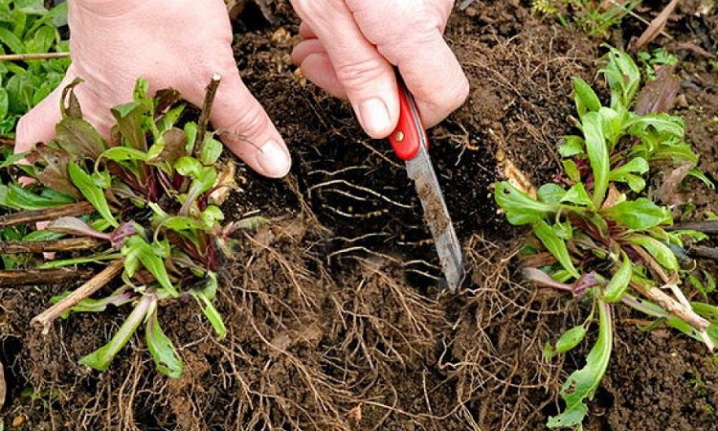
Seed method
It is quite simple to create seedlings at home from seeds; it happens in early spring, in March. Seeds are sown in a wooden box or in special glasses.
Algorithm of actions:
- the soil should be prepared by moisturizing and loosening it;
- furrows up to 1 cm deep are created with an interval between them of at least 3 cm, seeds are sown there;
- after sowing, the container is covered with a glass lid, polyethylene;
- place future seedlings in a room with a temperature of 18 degrees and sufficient lighting;
- after about a week, when the sprouts have already appeared, the shelter is removed;
- seedlings should be dived;
- after a couple of weeks, you can start hardening by taking it out into the open air;
- after hardening, the plants are planted in a permanent place.

Diseases and pests
The immunity of the feathery carnation is considered to be quite strong. If the plant is well looked after and timely prevention is carried out, it rarely gets sick. Basically, the following ailments will be dangerous.
- Fusarium disease of fungal nature. It affects the entire plant as a whole, the reason most often lies in waterlogging, stagnation of moisture.Treat the disease with fungicides.
- Another consequence of moisture stagnation is rust. For its prevention, fertilizers are timely applied to the soil, loosened and weeds are destroyed.
They are treated with copper oxychloride, if the disease is started, the plant is dug up and burned.

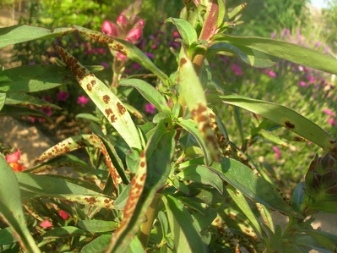
Among insects, the most dangerous is the spider mite, bear, earwig. All of these pests can significantly harm flowers and roots.
- You need to save yourself from the bear even in the fall, forming a hole with fresh manure. The hole must be covered with polyethylene until spring. In it you can find and destroy all the gathered bear.
- Earwigs are fought by creating traps, which are wet grass. These insects hide there from the hot weather. Thus, all pests can be destroyed.
- Spraying from infused onion husks will save you from spider mites. The infusion is diluted in a proportion of 20 g per 1 bucket.
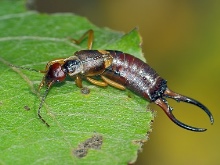
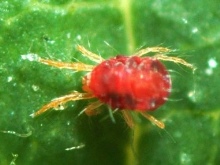
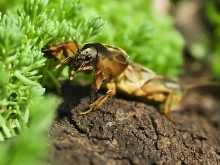
Use in landscape design
The feathery carnation is the perfect decoration for any garden plot. These flowers are able to decorate even modest beds and laconic landscapes. Carnation is used in the creation of grass carpets, pillows, it perfectly replaces the lawn, gives comfort to the design. Carnation looks good in the form of separate meadows, flower beds, perfectly in harmony with different plants. Let's take a look at some beautiful examples of carnation designs.
Delicate flowers look great in the company of other plants when decorating garden paths.
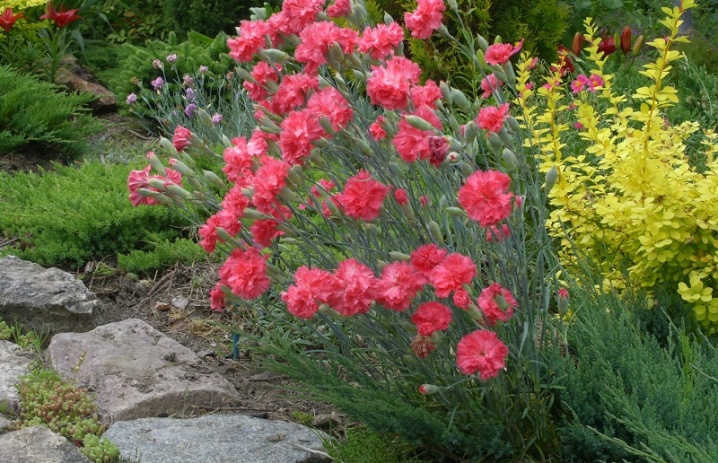
This plant looks good surrounded by stones.

Bright, delicate shades create a beautiful contrast against the greenery.
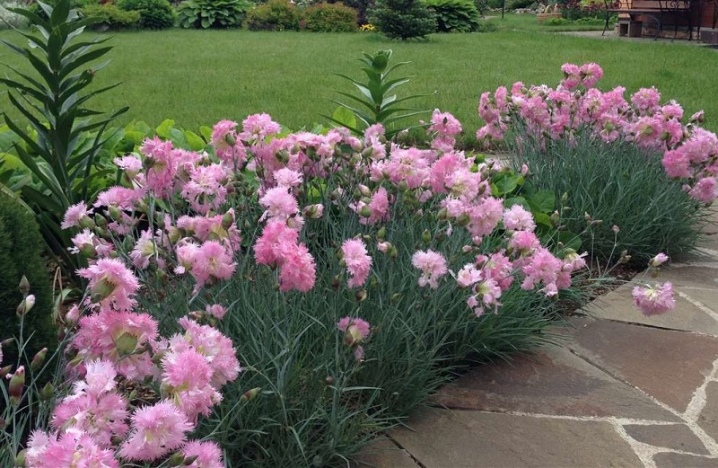
The feathery carnation is an ideal solution for decorating alpine slides.
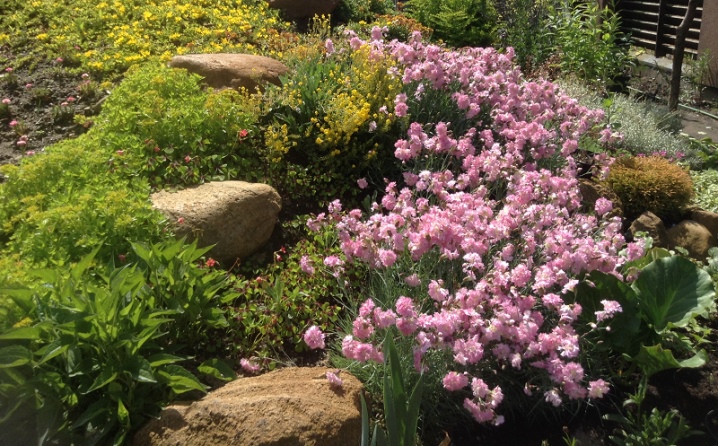
Clove flower beds are very effective, they can become a "highlight" of the site.
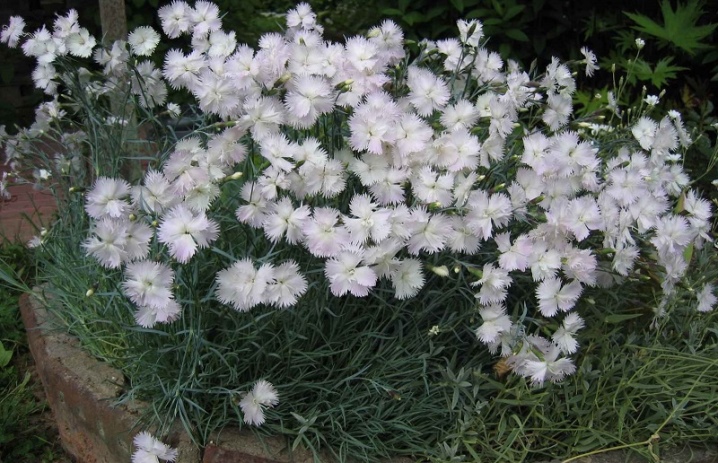
You can learn how to grow and care for variegated carnations in the video below.







































































































The comment was sent successfully.